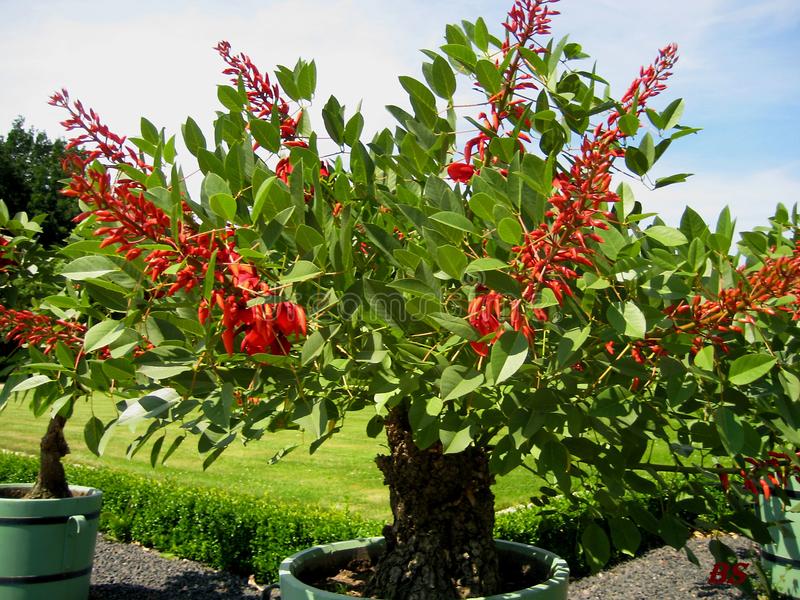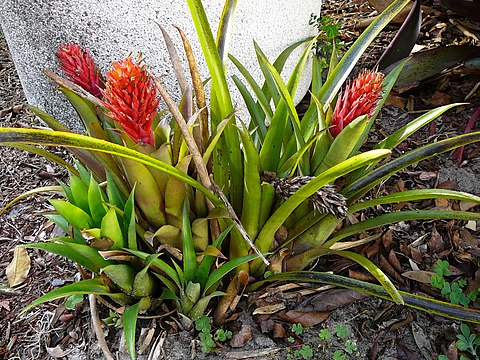Quassia - Quassia amara

Quassia Bark extract is said to be many times more bitter than quinine, and can be used as a substitute in many medications that would normally contain quinine. Quassia Bark is used as a febrifuge by the traditional healers of Brazil for malaria fevers. The bitter bark also acts as a digestive aid, an insecticide, and is used to treat liver and gallbladder problems. It is especially useful for cases of lack of appetite such as anorexia nervosa and digestive sluggishness. But it should not be used during pregnancy.
Quinine – Cinchona officinalis

Quinine, as a component of the bark of the cinchona (quina-quina) tree, was used to treat malaria from as early as the 1600s, when it was referred to as the “Jesuits’ bark,” “cardinal’s bark,” or “sacred bark.” Quinine is the source of the bitter taste in tonic water. Tonic water is still a safe home remedy for nighttime leg cramps, however, it is very dilute and generally contains less than 1 percent of the amount of quinine found in a typical therapeutic dose of the drug.
Quesnelia – Quesnelia quesneliana

A leaf extract from this species is used in Nigerian traditional medicine for treatment of liver disease, and a few scientific studies have evaluated compounds in this plant for potential antibacterial properties and protective benefits for the liver. can improve indoor air quality after business hours. While most common indoor plants purify the air during the day, bromeliads release oxygen and remove air pollutants during the night.
Quaker Ladies - Houstonia caerulea

It is commonly known as azure bluet, Quaker ladies, or bluets, is a perennial species in the family Rubiaceae. It is native to eastern Canada and the eastern United States. It is found in a variety of habitats such as cliffs, alpine zones, forests, meadows and shores of rivers or lakes. The flowers were also brewed as a tea to strengthen the bladder. Bluets are called Quaker ladies because the shape of the flower is similar to hats once worn by women of the Quaker faith. Bees and other insects visit this flower for nectar.
Quince - Cydonia oblonga

Quince is great for making jellies, jams and other preserves, such as the Spanish quince paste, membrillo. Discover our favourite recipe ideas for this seasonal fruit. Cooked quince can be eaten straight, spooned over cake or ice cream, mixed into yogurt—or even used as an ingredient in other recipes, including cakes and pies. Quince is low in calories and boast a variety of essential vitamins and minerals, making them a nutritious fruit. It offers a rich supply of antioxidants, which may reduce metabolic stress and inflammation while protecting your cells from free radical damage.
Quinoa - Chenopodium quinoa

Quinoa is a superfood that is becoming more popular in recent years, although it has been around for over 7000 years already. Originally from South America and known as an ‘ancient grain,’ this food is actually not a grain, but a seed. Quinoa has a myriad of health benefits and has become one of the world’s most popular health foods. It’s very versatile and high in everything your body needs. Quinoa is rich in fiber, minerals, antioxidants and all nine essential amino acids, making it one of the healthiest and most nutritious foods on the planet.
Quesnelia – Quesnelia

Quesnelia is a genus of plants in the family Bromeliaceae, subfamily Bromelioideae. The genus is named after French businessman and patron of botany Edouard Prosper Quesnel, of Le Havre (1781-1850). Endemic to eastern Brazil, this genus contains 22 known species. This genus has two recognized subgenera: the type subgenus and Billbergiopsis Mez. A leaf extract from this species is used in Nigerian traditional medicine for treatment of liver disease, and a few scientific studies have evaluated compounds in this plant for potential antibacterial properties and protective benefits for the liver.
Quelite - Amaranthus

Species of quelites with edible leaves, flowers, vines and stems contribute a significant amount of carbohydrates, fats, dietary fiber, protein, vitamins and minerals to the diet. t is one of the few vegetables that’s rich in omega-3 fatty acids, which are important to support healthy arteries and can help prevent strokes, heart attacks. Amaranthus is a cosmopolitan genus of annual or short-lived perennial plants collectively known as amaranths. Some amaranth species are cultivated as leaf vegetables, pseudocereals, and ornamental plants. Catkin-like cymes of densely packed flowers grow in summer or autumn.
Quercus suber – Quercus suber

Quercus suber, commonly called the cork oak, is a medium-sized, evergreen oak tree in the section Quercus sect. Cerris. It is the primary source of cork for wine bottle stoppers and other uses, such as cork flooring and as the cores of cricket balls. It is native to southwest Europe and northwest Africa. Any galls produced on the tree are strongly astringent and can be used in the treatment of hemorrhages, chronic diarrhea, dysentery etc. The traditional method of preparing the seed was to bury it in boggy round overwinter. The roasted seed is a coffee substitute.

